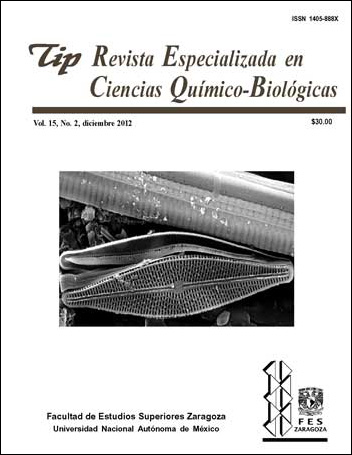Abstract
Mitochondria are the main producers of reactive oxygen species during the normal processes of oxidative metabolism, mainly through oxidation-reduction reactions occurring in the electron transfer complexes and having oxygen as the last electron acceptor. Saccharomyces cerevisiae lacks complex l, but has three alternative dehydrogenases, and the classic complexes II, III and IV. The latter two complexes (lll and lV) pump protons towards the intermembrane space to generate an electrochemical gradient, which is used by the ATP synthase to sinthesize ATP. The alternative dehydrogenases that are exposed to the intermembrane space and complex III are the main components that generate superoxide radicals. To transform the superoxide ion into a less noxious compound, mitochondria contain enzymes that convert them into less reactive molecules.
TIP Magazine Specialized in Chemical-Biological Sciences, distributed under Creative Commons License: Attribution + Noncommercial + NoDerivatives 4.0 International.



